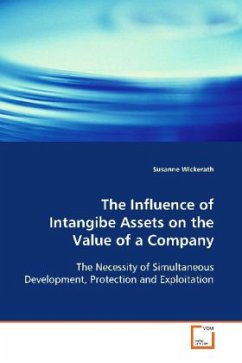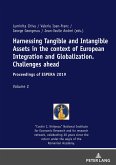Intangible Assets are increasingly important, since
products and services are more and more engineered
in today s knowledge society. Still, most of them
and their influences are not identified. The main
reason for this is the confusion regarding technical
terms and the rather cautious reporting standards.
As a result intangible assets might lack optimal
management and exploitation. Especially brands and
patents have a high exploitation potential that
should not be neglected. Further, it is shown that
the new technologies enable intangible resources to
unfold increasingly easily, as well as the
commercialization of intangible assets. This thesis
reveals the influence of intangible assets on the
value of a company based on the analysis and the
synthesis approach. The combination of both methods
is not conducted in this thesis, but the concept can
help practitioners to identify the scope of all
intangible assets; to identify single intangible
assets and/ or to harmonise their influences in
favour of a favourable cost-benefit-ratio.
products and services are more and more engineered
in today s knowledge society. Still, most of them
and their influences are not identified. The main
reason for this is the confusion regarding technical
terms and the rather cautious reporting standards.
As a result intangible assets might lack optimal
management and exploitation. Especially brands and
patents have a high exploitation potential that
should not be neglected. Further, it is shown that
the new technologies enable intangible resources to
unfold increasingly easily, as well as the
commercialization of intangible assets. This thesis
reveals the influence of intangible assets on the
value of a company based on the analysis and the
synthesis approach. The combination of both methods
is not conducted in this thesis, but the concept can
help practitioners to identify the scope of all
intangible assets; to identify single intangible
assets and/ or to harmonise their influences in
favour of a favourable cost-benefit-ratio.








